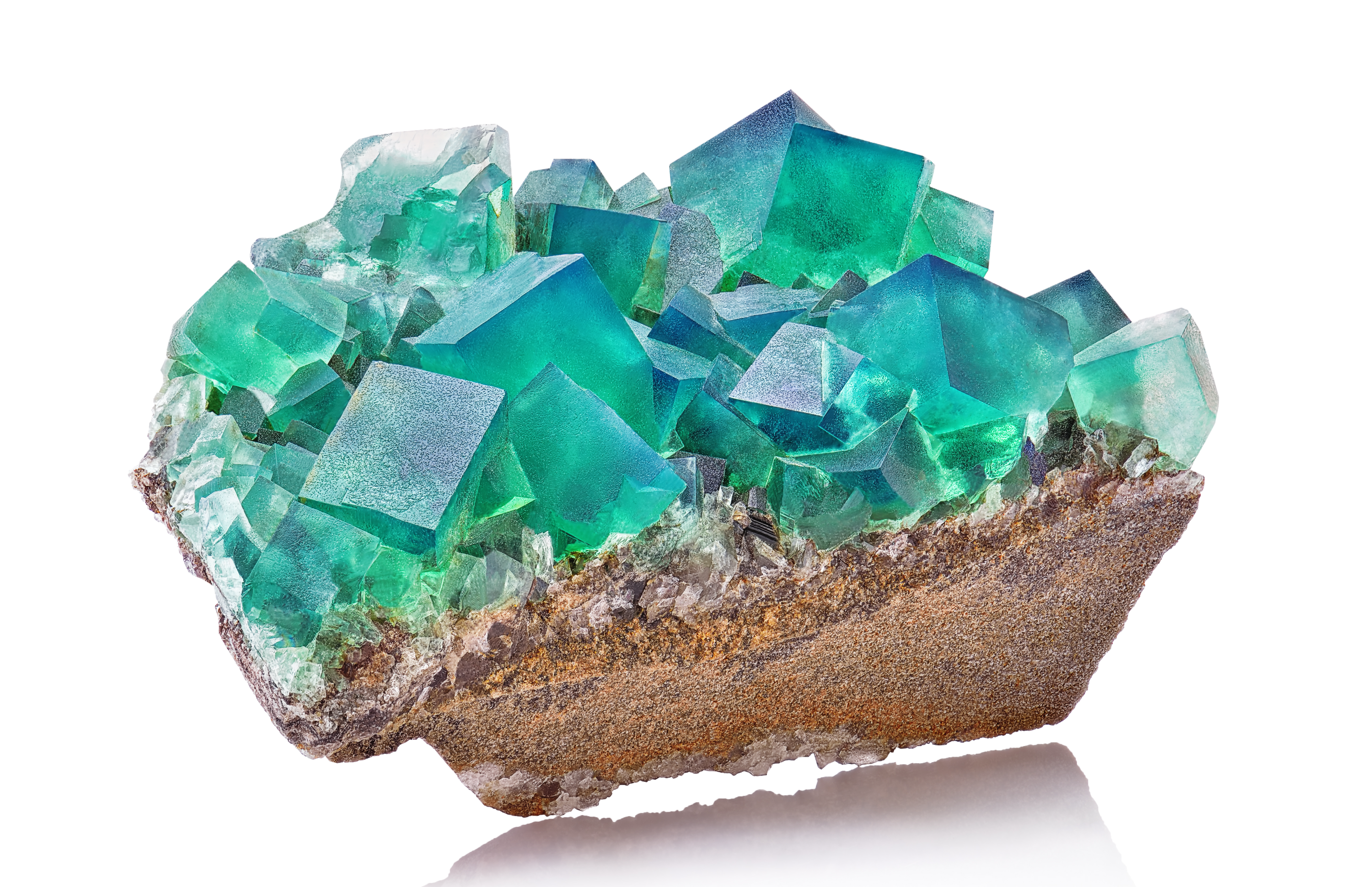Lithium Corporation looking at fluorspar exploration
News Analysis

12
Apr
2024
Lithium Corporation looking at fluorspar exploration
Lithium Corporation is expanding its exploration portfolio to include a new staked fluorspar deposit in British Columbia, Canada.
The fluorine chemical value chain is set to continue a boost in demand with the rise of lithium-ion batteries, with the exploration eyes of lithium and battery material companies increasing its interest in supplying the required fluorspar feedstock. Within the battery is an electrolyte which produces an electrically conducting solution and allows for a current to flow between electrodes. The electrolyte solution in Li-ion batteries is usually based on fluorine-containing lithium salts, lithium hexafluorophosphate (LiPF6) and lithium tetrafluoroborate (LiBF4).
The fluorspar market is split in metspar and acidspar grades, feeding into the steel and hydrogen-fluoride (HF) markets. HF is used in a variety of applications, nearly all of which having followed growth trends over the last decade, although fluorocarbons and fluoropolymers are facing regulatory challenges. HF is produced in around 15 countries worldwide and China accounted for nearly 75% of global production in 2023, while Europe and the USA now only account for 7-8% each (down from around 20% each in the mid-2000s).
Demand for HF, and in turn acidspar, is soaring with its use in Li-ion batteries, compounded by the requirement of its use in processing routes for other battery materials. Li-ion batteries accounted for less than 5% of chemical uses of HF in 2015, but Project Blue forecasts its share to increase to over 50% in the next ten years, driving the majority of the growth requirements for acidspar projects to be commissioned and ramp up.